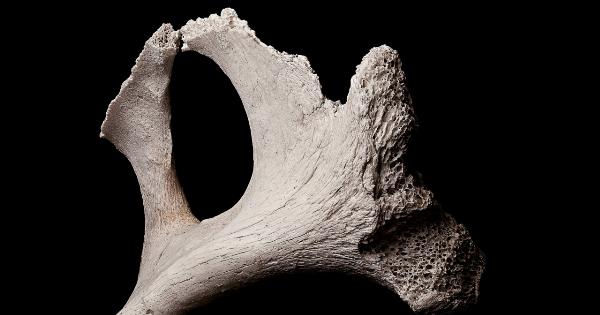Belly button pain, also known as umbilical pain, is a common complaint that can arise unexpectedly. It can range from mild discomfort to severe pain, and may be accompanied by other symptoms such as swelling, redness, or discharge.
While belly button pain can sometimes be a result of harmless factors, it can also be an indication of a more serious underlying condition. In this article, we will explore the top 5 causes of sudden belly button pain and discuss their symptoms, treatment options, and preventive measures.
Hernia
Hernia is one of the leading causes of belly button pain. It occurs when an organ or fatty tissue protrudes through a weak spot in the surrounding muscle or connective tissue.
Umbilical hernias, in particular, happen near the belly button and can cause pain and discomfort. Common symptoms of a hernia include a bulge near the navel, pain or discomfort when lifting objects or coughing, and a feeling of pressure near the belly button.
Treatment for hernias typically involves surgical repair to close the hole and strengthen the abdominal wall.
Urachal Abnormalities
Urachal abnormalities occur when the urachus, a structure that connects the bladder and the umbilical cord during fetal development, does not close properly after birth. This can lead to various complications, including belly button pain.
Symptoms of urachal abnormalities may include abdominal pain, urinary tract infections, and belly button discharge. Treatment usually involves surgical intervention to remove the affected tissue and repair any complications.
Appendicitis
Appendicitis is a condition in which the appendix becomes inflamed, often resulting in sharp pain near the belly button. As the appendix is located in the lower right abdomen, the pain typically migrates to that area.
Other symptoms of appendicitis include loss of appetite, nausea, vomiting, and fever. Appendicitis is considered a medical emergency, and immediate surgical removal of the appendix is usually necessary to prevent complications.
Gastrointestinal Disorders
Certain gastrointestinal disorders, such as gastroenteritis, irritable bowel syndrome (IBS), and Crohn’s disease, can cause belly button pain.
These conditions may lead to inflammation of the intestines, resulting in discomfort near the umbilical region. Additional symptoms may include diarrhea, constipation, bloating, and changes in bowel habits. Treatment for gastrointestinal disorders often involves a combination of medication and dietary modifications.
Stomach Ulcers
Stomach ulcers, also known as peptic ulcers, are open sores that develop on the inner lining of the stomach. They can cause belly button pain, particularly when aggravated by certain foods or medications.
Other symptoms of stomach ulcers include burning or gnawing pain in the abdomen, nausea, vomiting, and indigestion. Treatment for stomach ulcers typically includes medications to reduce stomach acid production and promote healing.
Prevention and Conclusion
While certain causes of belly button pain cannot be prevented, such as urachal abnormalities or appendicitis, there are steps you can take to reduce the risk of pain associated with gastrointestinal disorders and stomach ulcers.
Maintaining a healthy diet that includes fiber-rich foods, staying hydrated, and managing stress levels are all beneficial in preventing and managing these conditions. Additionally, practicing good hygiene and avoiding straining during bowel movements can reduce the risk of hernias.
If you experience sudden belly button pain, it is essential to consult a healthcare professional for a proper diagnosis and appropriate treatment. Ignoring or self-diagnosing the cause of the pain can lead to further complications.
Remember, early detection and intervention often result in better outcomes for any underlying conditions causing belly button pain.





























